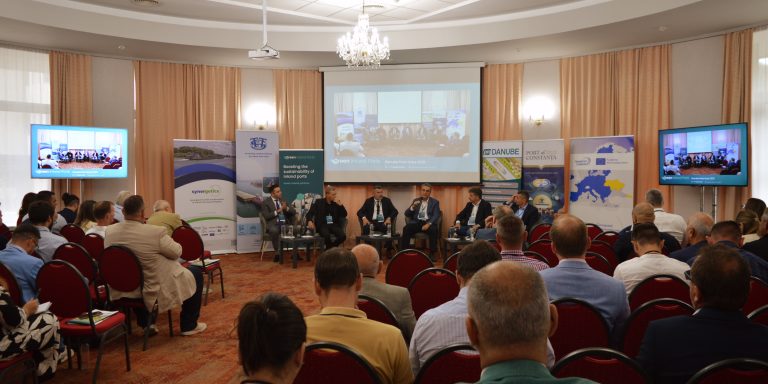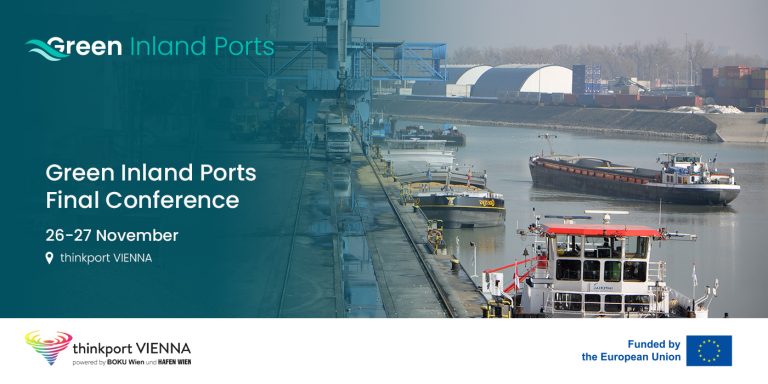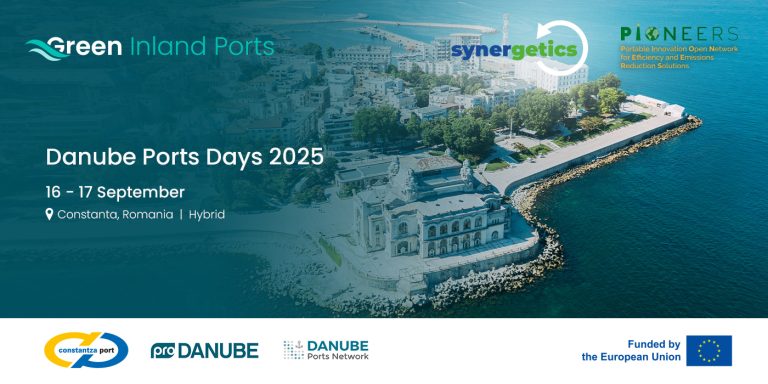Key Findings from the Green Inland Ports Project
Introduction
The Green Inland Ports (GRIP) project was launched in 2023 to address the need for sustainable development and greening of inland ports across Europe. In our study, we explored how inland ports can balance their economic importance with environmental responsibilities. This included examining environmental impact, improving energy efficiency, integrating digital tools, and developing sustainable management systems.
The project is structured around four core tasks, each focusing on a specific area relating to inland ports. Below, you can find the key results from each task, with links to detailed reports for further insights into the findings, methods, and recommendations.
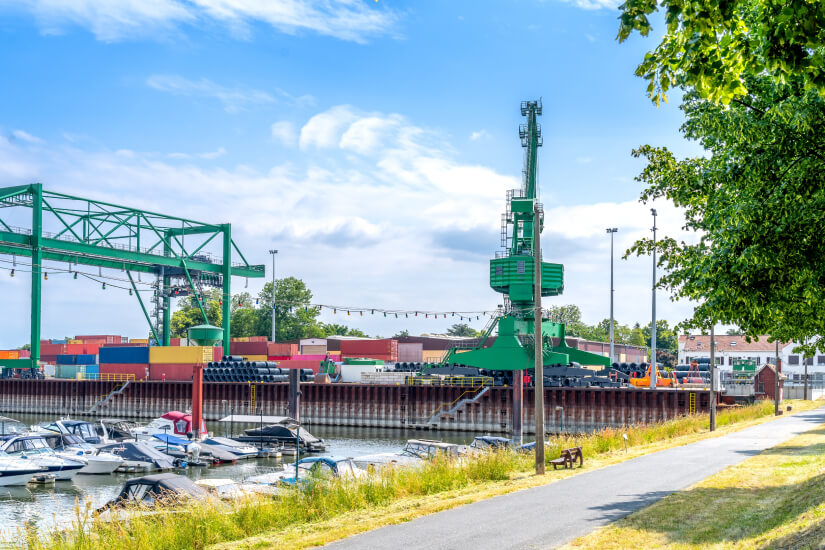
Task 1: Environmental Impacts and Energy Efficiency Transition
Read more about the results of Task 1 via the following links:
- Good practices
- A self-assessment calculation tool to help ports evaluate their environmental footprint.
Task 2: Urban Mobility and Short-Range Inland Waterway Transport (IWT)
Read more about the results of Task 2 via the following links:
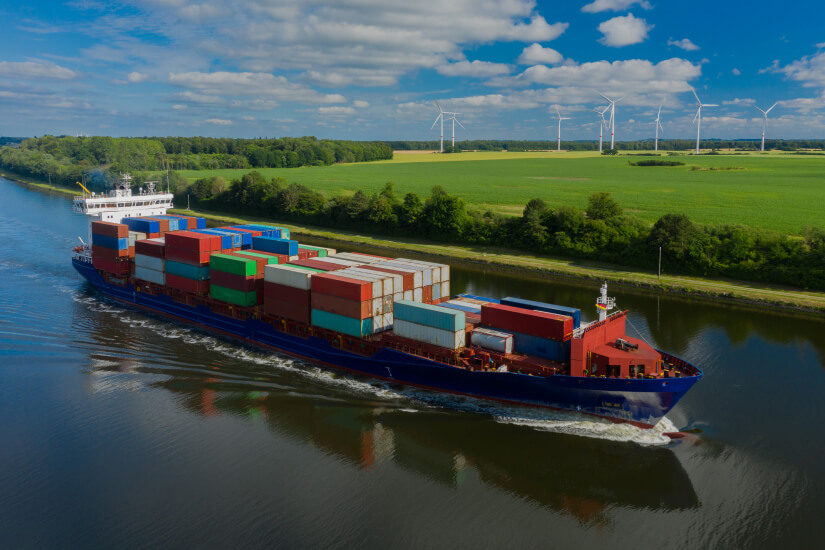
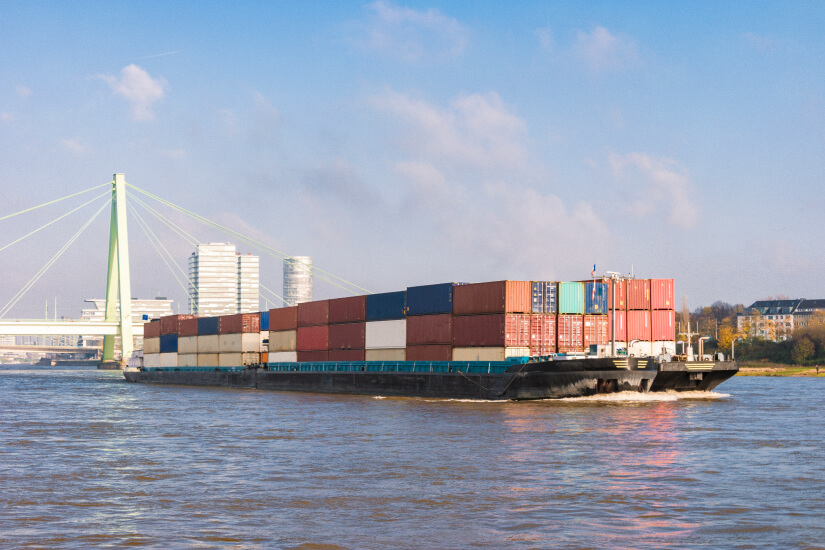
Task 3: Digitalisation
Read more about the results of Task 3 via the following links:
- Digitalisation good practices in EU and international ports. Read the report here
- Digitalisation Masterplan with practical guidance for ports about digital transformation. Read the report here
- A self-assessment tool for ports to evaluate their digital readiness and maturity. Access the tool here
- Gaps and barriers in the development and implementation of digital tools. Read the report here
- Inventory of port cooperation and collaboration systems, digital tools and applications and assessing their effect on greening and economic sustainability. Read the report here
- Catalogue of upcoming projects, tools and technologies supporting enhanced interoperability and analysis of process optimisation perspectives. Read the report here
Task 4: Environmental Sustainable Management Systems (ESMS)
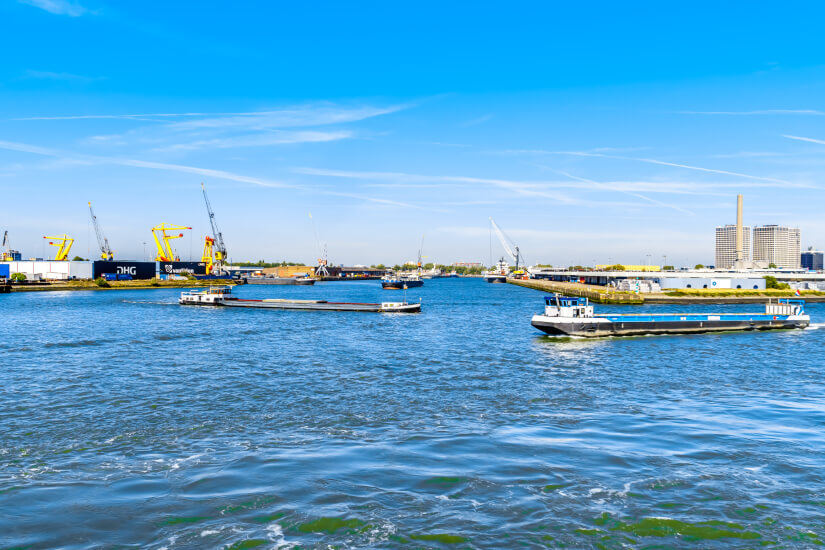
* Please Note:
These items and results will be published throughout 2025
